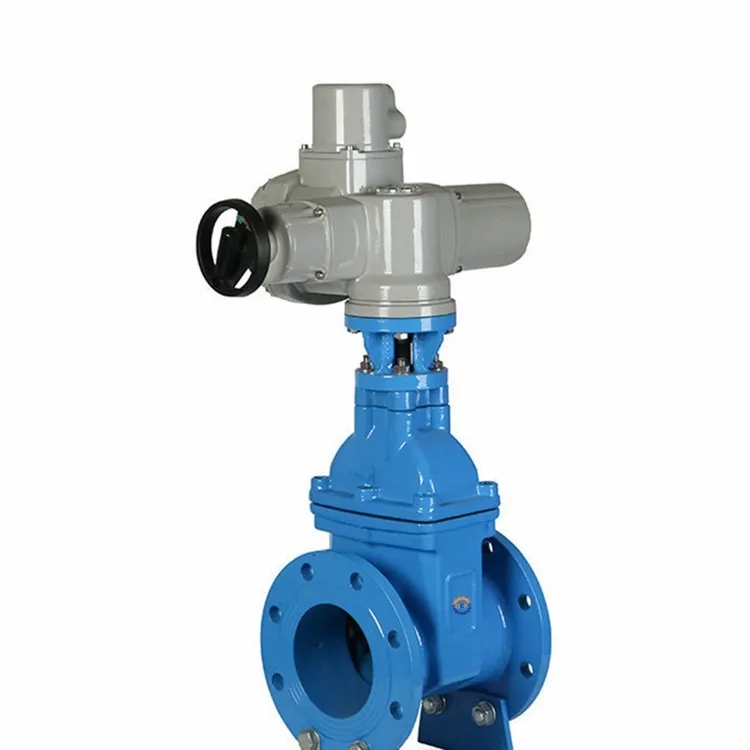Jan . 06, 2025 19:06 Back to list
different types of control valves and their applications
Selecting the right type of shut-off water valve is crucial for both residential and commercial plumbing systems
. These valves not only control the flow of water but also provide a quick and efficient way to manage plumbing issues. An in-depth understanding of the various types of shut-off water valves helps in ensuring optimal performance, cost efficiency, and long-term durability.
Ball valves, one of the most widely used shut-off valves, offer reliable performance in both residential and commercial settings. Unlike other valve types, ball valves use a simple mechanism involving a sphere with a hole through the middle. When the ball aligns with the pipe, water flows smoothly; when it's turned perpendicular, the flow stops. These valves are known for their durability and quick shutoff capabilities. They're ideal for situations that require a dependable and straightforward valve solution.
Gate valves provide another popular option, typically used in systems where the frequent modulation of flow isn't necessary. These valves operate by lifting a gate out of the path of the water, creating little resistance and allowing for full flow. One notable advantage is their unobtrusive size, which makes them suitable for installations with limited space. However, precision is not their strong suit, and they are best used in systems where opening or closing the valve infrequently is acceptable.

Globe valves shine in applications that require precise flow control. Characterized by their spherical shape, globe valves allow for the gradual adjustment of water flow through a non-linear path within the valve body. This design enables better control but can result in increased resistance. They are commonly used in applications where the pressure regulation or continuous adjustment is necessary, such as in laboratory settings or industries requiring specific flow rates.
For budget-conscious or space-limited projects, compression valves offer simplicity and easy installation. These valves are often found in residential kitchen or bathroom settings, acting as stop valves for sinks, toilets, and washing machines. Their straightforward design comprises a plastic or rubber washer compressed onto a valve seat with a screw mechanism. While not as durable as metal equivalents, they provide an effective and economical solution for low-demand environments.
types of shut off water valves
Butterfly valves present an efficient option for larger diameter pipes found in industrial applications. They function using a rotating disc mounted on a shaft to regulate flow. When the disc is turned parallel to the flow, water passes through freely; when perpendicular, it closes tightly. These valves are celebrated for their lightweight and compact design, making them easy to install and maintain.
In high-pressure or high-temperature environments, needle valves excel by providing exceptional control over the flow. The design employs a pointed needle-like plunger that precisely fits into a cup-shaped seat. Although primarily used in chemical processing and instrumentation where minute control is paramount, needle valves are proving useful in innovative residential applications, such as advanced irrigation systems, thanks to their precision capabilities.
The selection of the appropriate shut-off water valve hinges on understanding the system’s specific needs and the environmental conditions it will face. Factors like installation space, pressure requirements, and the frequency of use should be considered when selecting the optimal valve. By evaluating these criteria, businesses and homeowners can avoid common pitfalls, such as water hammer or leakage, that can arise from incorrect valve usage.
Incorporating water shut-off valves effectively into systems ensures operational efficiency and can significantly reduce the risk of costly water damage. For the best outcomes, consulting plumbing experts or referring to industry standards for particular application guidelines is advisable. With the right valve choice, consistent maintenance, and proper installation, water systems can achieve longevity and reliability, safeguarding both technology investments and infrastructure integrity.
-
Why Metric Trapezoidal Thread is Ideal for Precision Motion ControlNewsAug.05,2025
-
The Unique Properties of a Block of Granite for Industrial UseNewsAug.05,2025
-
The Role of Flanged Y Strainers in Preventing Pipeline ClogsNewsAug.05,2025
-
The Importance of Regular Calibration for Master Ring GagesNewsAug.05,2025
-
How a Cast Iron Surface Table Enhances Accuracy in ManufacturingNewsAug.05,2025
-
Comparing Different Check Valve Types for Optimal Flow ControlNewsAug.05,2025
Related PRODUCTS









